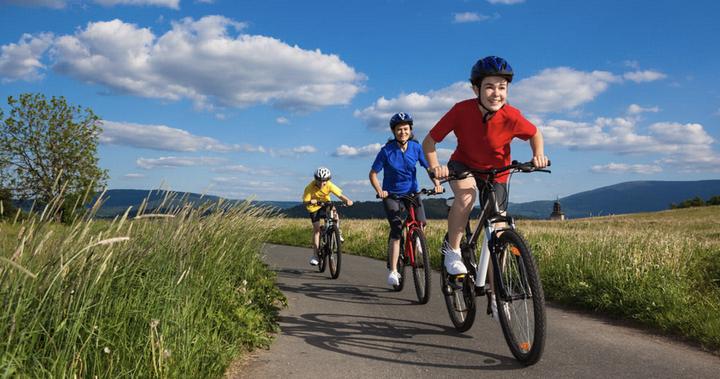The Science Behind Bike-Riding Memory
This article explores why humans retain bicycle riding skills even after decades without practice, examining the roles of muscle memory, neural plasticity, and procedural memory in maintaining this seemingly permanent ability.

The ability to ride a bicycle after decades without practice is a fascinating phenomenon that reveals key insights into how our brains store and maintain certain types of skills. Multiple mechanisms work together to preserve this capability.
The primary mechanism involves procedural memory, stored in the basal ganglia region of the brain. Unlike declarative memories of facts and events, procedural memory handles learned motor skills and becomes highly automated through practice. When riding a bike, your brain isn’t actively thinking about balancing or pedaling - these actions happen automatically through well-established neural pathways.
Neural plasticity plays a crucial role in this process. During initial learning, the brain creates strong neural connections specifically for bicycle riding. These connections involve multiple brain regions working together to coordinate balance, spatial awareness, and muscle movements. Once established, these neural pathways remain remarkably stable over time, even without regular use.
The simplicity of the core skill is another key factor. The fundamental task of keeping a bicycle upright involves basic physics principles that our brains naturally understand. Research has shown that even young children intuitively grasp the concept that turning the handlebars in the direction of a lean will prevent falling. This natural alignment with our innate balance mechanisms helps make the skill more permanent.
A particularly interesting aspect is how this type of memory differs from other learned abilities. For instance, experiments with “reverse steering” bicycles, where turning the handlebars left makes the bike go right, demonstrate that our brains store specific movement patterns rather than general cycling ability. Experienced cyclists struggle significantly with reverse steering bikes, showing how specialized and ingrained the original neural pathways become.
The involved muscle memory operates differently from conscious recollection. Studies have shown that when people resume cycling after long breaks, their bodies respond automatically to maintaining balance, often before conscious thought catches up. This immediate physical response demonstrates how deeply embedded these movement patterns become in our nervous system.
Similar mechanisms apply to other physical skills like swimming or typing, though bicycle riding stands out due to its unique combination of balance, coordination, and automated response patterns. The brain’s remarkable ability to preserve these movement patterns showcases the efficiency of our motor learning systems and their capacity for long-term retention of critical survival skills.
This understanding of skill retention has practical applications beyond cycling, influencing how we approach physical rehabilitation, sports training, and education. It demonstrates that once certain fundamental movement patterns are properly learned, they become remarkably resistant to forgetting, provided they align with our natural physical capabilities.